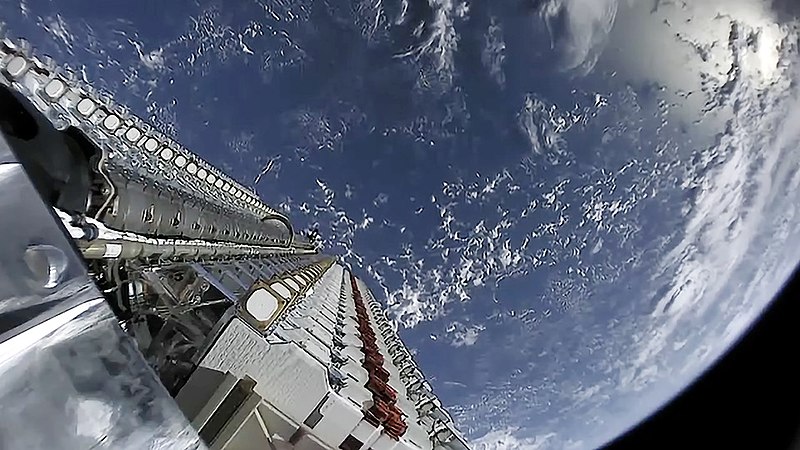SpaceX‘s Starlink initiative has rapidly expanded its satellite-based internet services, now serving over 4 million customers across 37 countries. The project aims to provide high-speed internet globally, especially in remote areas. To meet the escalating demand, the company has significantly ramped up the production of its user terminals, commonly known as “dishes”.
High-Volume Production at the Bastrop Facility Located in Bastrop, Texas, SpaceX’s dedicated Starlink manufacturing facility has achieved remarkable production milestones. A recent behind-the-scenes video revealed that the factory is producing approximately 15,000 Starlink dishes daily, translating to nearly 5.5 million units annually. This surge in production underscores SpaceX’s commitment to making satellite internet accessible on a global scale (PCMAG UK).
Facility Expansion Plans To further bolster its manufacturing capabilities, SpaceX plans to expand the Bastrop facility by over 1 million square feet this year, bringing the total area to approximately 1.7 million square feet. This expansion is poised to enhance production rates and streamline operations, ensuring that the company can keep pace with the growing global demand for satellite internet services (PCMAG UK).
Advanced Manufacturing Techniques The Bastrop facility exemplifies modern manufacturing practices, integrating advanced robotics and automation to optimize production efficiency. The manufacturing process begins with raw materials, such as plastic pellets and aluminum, which are transformed into the durable casings of the Starlink dishes. A notable aspect of the production is the creation of the phased array antenna and printed circuit board (PCB), both of which are fabricated using state-of-the-art robotic technology (PCMAG UK).
Phased Array Antenna Technology At the heart of each Starlink dish lies a sophisticated phased array antenna, enabling the terminal to electronically steer its beam without physical movement. This technology allows the antenna to track low Earth orbit (LEO) satellites as they traverse the sky, maintaining a seamless internet connection by transitioning between satellites as they enter and exit the terminal’s field of view (Microwaves 101).
Insights from Industry Observers Industry experts have taken a keen interest in the design and functionality of Starlink’s phased array antennas. Teardown analyses have unveiled the intricate architecture of these antennas, highlighting the integration of numerous antenna elements and custom-designed integrated circuits (ICs). These ICs are pivotal in managing the antenna’s beamforming capabilities, ensuring precise and reliable satellite tracking (Hackaday).
Global Competition Starlink faces competition from other satellite internet providers like Eutelsat. The European company has seen increased investor confidence, with its CEO Eva Berneke stating that they could match Starlink’s services in Ukraine with sufficient support (MarketWatch).
Governmental Support The U.S. Commerce Department is considering changes to the $42.5 billion Broadband Equity, Access, and Deployment (BEAD) program. If approved, these changes could allow Starlink to access up to $20 billion in funding to expand its coverage in underserved areas (Reuters).
Military Applications Starlink has also attracted attention from the military. The U.S. Department of Defense is exploring its use for high-speed data transmission and drone operations. Meanwhile, China is reportedly developing countermeasures against Starlink’s network due to perceived security risks (Wikipedia).
Astronomical Concerns Astronomers have raised concerns about Starlink satellites causing light pollution. SpaceX is working with the community to reduce satellite reflectivity and mitigate these issues (Wikipedia).
SpaceX’s strategic investments in manufacturing infrastructure and technological innovation have positioned Starlink as a formidable player in the global satellite internet market. The Bastrop facility’s high-volume production, coupled with the advanced design of the user terminals, reflects SpaceX’s dedication to delivering reliable and widespread internet connectivity.




